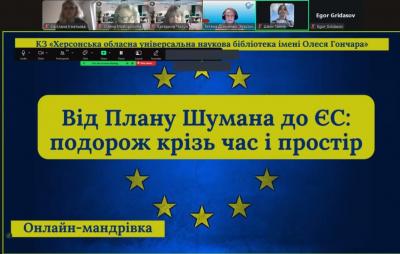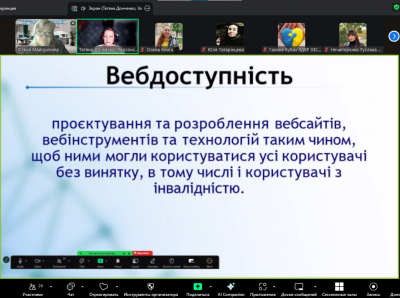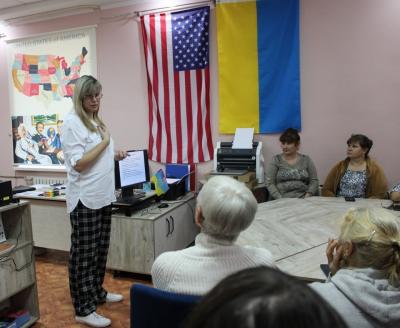USA Dollar
The dollar (often represented by the dollar sign $) is the name of the official currency of many countries, including the United States, Canada, the Eastern Caribbean territories, Ecuador, Suriname, El Salvador, Panama, Belize, Singapore, Hong Kong, Taiwan, Brunei, East Timor, Australia, and New Zealand.
On the 15th of January, 1520, Count Hieronymus Schlick (Czech: Jeroným Šlik z Passounu) of Bohemia began minting coins known as Joachimsthaler, named for Joachimstal (modern Jáchymov in the Czech Republic), where the silver was mined. (In German, thal or tal refers to a valley or dale.) "Joachimsthaler" was later shortened in common usage to taler or thaler (same pronunciation), and this shortened word eventually found its way into Danish and Norwegian as (rigs)daler, Swedish as (riks)daler, Dutch as (rijks)daalder, Ethiopian as ታላሪ talari, Italian as tallero, Flemish as daelder, and into English as dollar.
The coins minted at Joachimsthal soon lent their name to other coins of similar size and weight from other places. One such example, the Dutch lion dollar, circulated throughout the Middle East and was imitated in several German and Italian cities. Carried by Dutch traders, this coin was also popular in the Dutch East Indies as well as in the Dutch New Netherland Colony (New York), and circulated throughout the Thirteen Colonies during the 17th and early 18th centuries. Some well-worn examples circulating in the Colonies were known as "dog dollars". By the mid-18th century, the lion dollar had been replaced by the Spanish "pieces of eight" which were distributed widely in the Spanish colonies in the New World and in the Philippines.
Pieces of eight (so-called because they were worth eight "reals") became known as Spanish dollars in the English-speaking world because of their similarity in size and weight to the earlier Thaler coins.
The Dollar Sign ($), an S crossed by two vertical bars, comes from the coat of arms set up by the King Ferdinand II of Aragon. The 'S' represents the motto "Non Plus Ultra" and the vertical bars symbolize the two Pillars of Hercules. This symbol (two pillars with S-shaped motto) first appeared in Spaniard 'Pieces of eight' , the currency used in the American colonies of the Spanish Empire, which then spread to the British colonies and later United States and Canada.
By the American Revolution, Spanish dollars gained significance because they backed paper money authorized by the individual colonies and the Continental Congress. Common in the Thirteen Colonies, Spanish dollars were even legal tender in one colony, Virginia.
On April 2, 1792, U. S. Secretary of the Treasury Alexander Hamilton reported to Congress the precise amount of silver found in Spanish milled dollar coins in common use in the States. As a result, the United States Dollar was defined as a unit of weight equaling 371 4/16th grains (24.057 grams) of pure silver, or 416 grains of standard silver (standard silver being defined as 1,485 parts fine silver to 179 parts alloy). It was specified that the "money of account" of the United States should be expressed in those same "dollars" or parts thereof. Additionally, all lesser-denomination coins were defined as percentages of the dollar coin, such that a half-dollar was to contain half as much silver as a dollar, quarter-dollars would contain one-fourth as much, and so on.
In an act passed in January 1837, the dollar's alloy (amount of non-silver metal present) was set at 11%. Subsequent coins would contain the same amount of pure silver as previously, but were reduced in overall weight (to 412.25 grains). On February 21, 1853, the quantity of silver in the lesser coins was reduced, with the effect that their denominations no longer represented their silver content relative to dollar coins.
Various acts have subsequently been passed affecting the amount and type of metal in U. S. coins, so that today there is no legal definition of the term "dollar" to be found in U. S. statute. Currently the closest thing to a definition is found in United States Code Title 31, Section 5116, paragraph b, subsection 2: "The Secretary [of the Treasury] shall sell silver under conditions the Secretary considers appropriate for at least $1.292929292 a fine troy ounce."
Silver was mostly removed from U. S. coinage by 1965 and the dollar became a free-floating fiat currency without a commodity backing defined in terms of real gold or silver. The US Mint continues to make silver $1-denomination coins, but these are not intended for general circulation.
The word dollar had been in use in the English language as a variant for "thaler" for about 200 years before the founding of the United States, with many quotes in the plays of Shakespeare referring to dollars as money. Coins known as "Thistle dollars" were in use in Scotland during the 16th and 17th century, and use of the English word, and perhaps even the use of the coin, may have begun at the University of St Andrews. This might be supported by a reference to the sum of "ten thousand dollars" in Macbeth (Act I, Scene II) (an anachronism because the real Macbeth, upon whom the play was based, lived in the 11th century).
In 1804, a British five-shilling piece, or crown, was sometimes called "dollar". It was an overstruck Spanish 8 Real coin (the famous 'piece of eight'), the original of which was known as a Spanish dollar. Large numbers of these 8-real coins were captured during the Napoleonic Wars, hence their re-use by the Bank of England. They remained in use until 1811. During World War II, when the US dollar was (approximately) valued at 5 shillings, the halfcrown (2s 6d) became nicknamed a "half dollar" by US personnel in the UK.











Comments